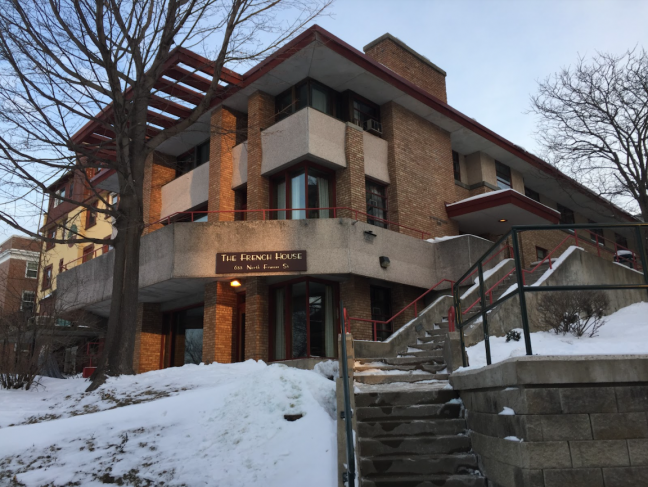It is no secret that the United States education system lacks in the foreign language department.
According to the Pew Research Center, only around 20% of K-12 students in the U.S. are enrolled in a foreign language. There is no nationwide mandate for formally studying a second language in school, meaning that unless states take the initiative, it is the student’s and the parents’ prerogative. America has no national language, but this wouldn’t be known by observing the nation’s classrooms, where the only language that’s expected to be spoken is English.
America’s promotion of a monolingual nation stands in stark contrast to almost every other country around the world. In Europe alone, foreign language rates in school stand at 92% on average, with many countries standing at a 100% participation rate, according to the Pew Research Center. European youth typically begin to study a foreign language between the ages of six and nine, and some European countries mandate their students to learn a second foreign language for a minimum of one year.
The bilingual standard for European students is simply not expected in the U.S. leaving American youth woefully unprepared for life outside of the U.S.
While America as a nation is deeply behind almost every other country in terms of foreign language, it should be noted that the variation across states is wide. Wisconsin boasts the second highest rate in the nation at 36.29%, compared to most other states that linger in the 10-20% range. This makes the Badger state a leader in the U.S. for teaching its youth a second language young, but still a decent ways behind curriculums in Europe.
Learning a second language can set students up for success in their careers, academics and personal lives. With Wisconsin already leading the nation in the classroom, the state has to take the initiative to drive the U.S. toward becoming a truly multilingual country.
It is obvious that in the age of mass globalization, national job markets are becoming intertwined with one another. Many businesses have offices around the world or require travel in some aspect of their employment. As such, having fluency in another language is becoming a bigger factor in who gets hired and who does not for certain employers.
This leaves students without a second language with fewer job prospects outside of the U.S. or other predominantly English-speaking nations. The U.S. and its mostly monolingual population is at an increasing disadvantage in a world that is becoming more internationally integrated by the day.
The world is becoming increasingly interconnected through trade and business, but where these international connections is most keenly felt is in the interactions between cultures. Most large cities across the globe accommodate for English migrants or travelers, but it’s rare to find a shop or a market in the U.S. that can cater to others in this same way unless it is actively sought out, which isolates our nation from those who don’t speak fluent English.
Even for Americans or Wisconsinites traveling to a non-English speaking country who can find such accommodations, tailoring local experiences to fit American expectations results in a huge loss of that culture which could have been experienced.
English is also not the only language spoken in the United States. According to U.S. Census data, around 21% of residents in the U.S. speak a language other than English at home. Neglecting courses and curriculums in other languages is to neglect a part of America.
Wisconsin is a trendsetter for the U.S. in terms of foreign language studies, but more can be done to close this gap in language learning. The first is in regard to what languages are being taught in school in the first place. Spanish remains the most common language taught in the classroom, with over 93% of schools with foreign language courses offering Spanish. French and German are fairly common options as well, but diversifying the languages offered in public schools and elsewhere is critical to expanding the cultures and places that students are exposed to.
Point-counterpoint: Decison to appoint new Wisconsin secretary of state
One of the reasons why Wisconsin has higher foreign language rates than most other states is because of its requirement for world language courses to be available beginning in seventh grade. This is an excellent opportunity to expand upon. Passing a mandate for all school curriculums to teach some foreign language as early as elementary school will be essential to catching up to levels of fluency in second languages that other countries reach. Children are notorious for learning languages at much faster rates than adults, and the earlier kids start the more effortless fluency will come.
The U.S. is already too far behind the rest of the world in terms of foreign language fluency. Now is the time to begin reforming our education system to expose students to new cultures and languages, and Wisconsin is perfectly situated to lead this transition.
Fiona Hatch ([email protected]) is a senior studying political science and international studies.





















